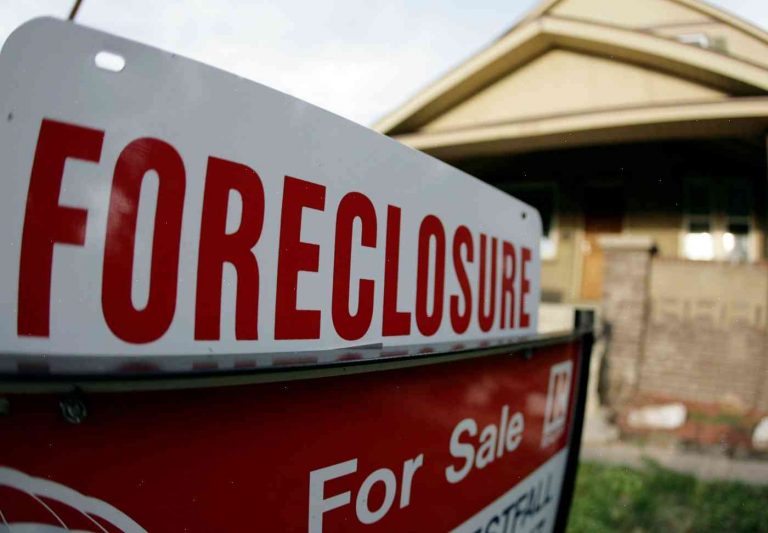The housing bubble of the mid-2000s will not burst again. That’s a line uttered by analysts and activists and government leaders who once focused on the prospect of another wave of foreclosures. They are not troubled by it, now that the vast majority of so-called high-risk loans are underwater, payments are too high and a cure is years from coming. But just six years ago, lenders were using similar rhetoric to convince borrowers that they were safe from foreclosure. The change in sentiment is part of a broader reversal in the lending market — the same one that sparked fears of future bust.
“This was a once-in-a-generation crisis,” says David Lereah, chief economist for the National Association of Realtors. “That crisis was not about one house. It was much more systemic.” From 2007 to 2012, about half a million homeowners were foreclosed on. Since then, the number of foreclosures has fallen more than 90 percent, as fewer risky loans were made to unqualified borrowers. “We could go on and on about the risk of a bubble,” says Jack M. Guttentag, a real estate historian at the Wharton School of the University of Pennsylvania. “But we never had a crisis.”
Some housing experts worry that with the expiration of two of the nation’s three major mortgage relief programs at the end of this year, a post-bubble housing slump could be in store. Though a coalition of lenders and state attorneys general will try to extend the federal Home Affordable Modification Program — the program with the most strings attached — until 2021, that could be difficult. All of the lenders and attorneys general agreed to renew it at the end of last year, but a few months into that agreement, they began to complain that it was taking too long.
And when the U.S. Treasury Department announced the Financial Stabilization Act last week, there was no major help for struggling homeowners. In fact, its main provision — a moratorium on foreclosures until mid-2020 — would push it almost entirely into the future. “I’ve got mixed feelings about this,” says César Hinojosa, housing director for the National Fair Housing Alliance. “The sooner we can stabilize the housing market the better. But I worry this will discourage homeowners from looking for alternatives to foreclosure.”
For more on this story from The New York Times, see the infographic below.
